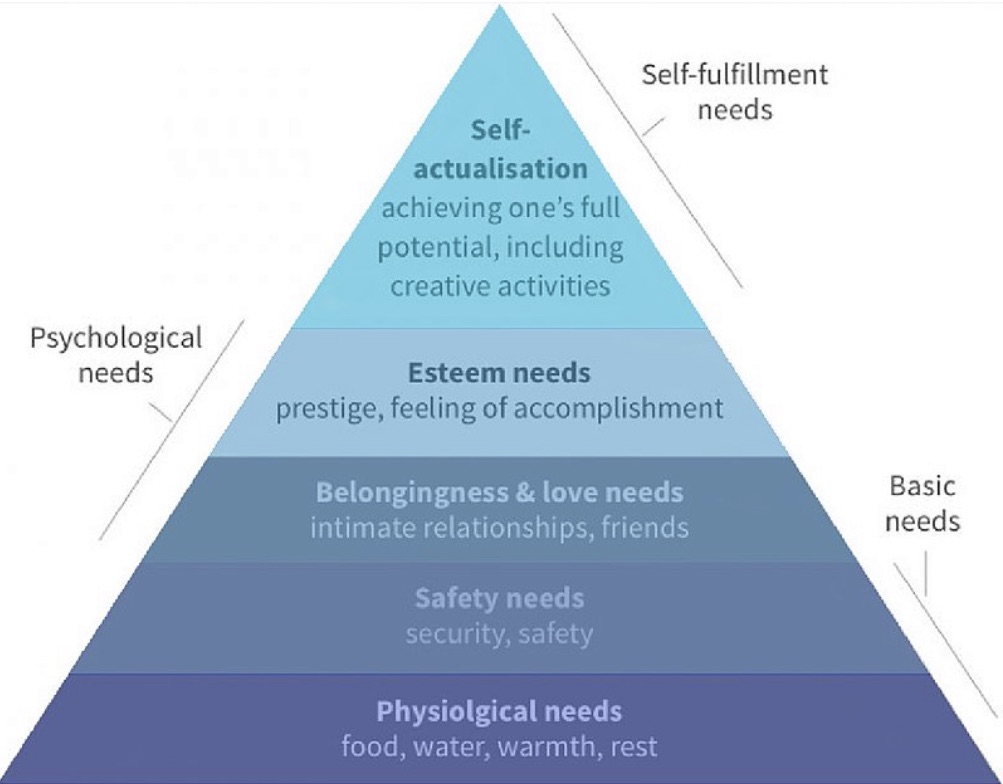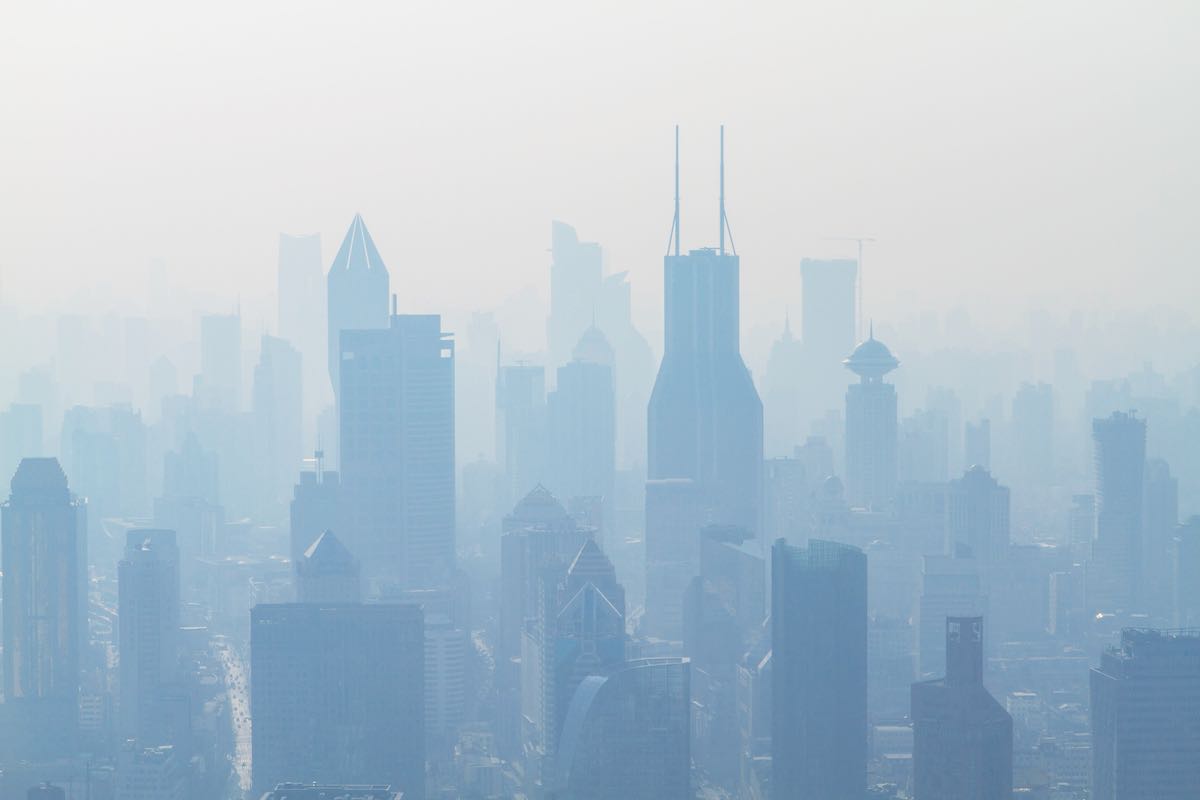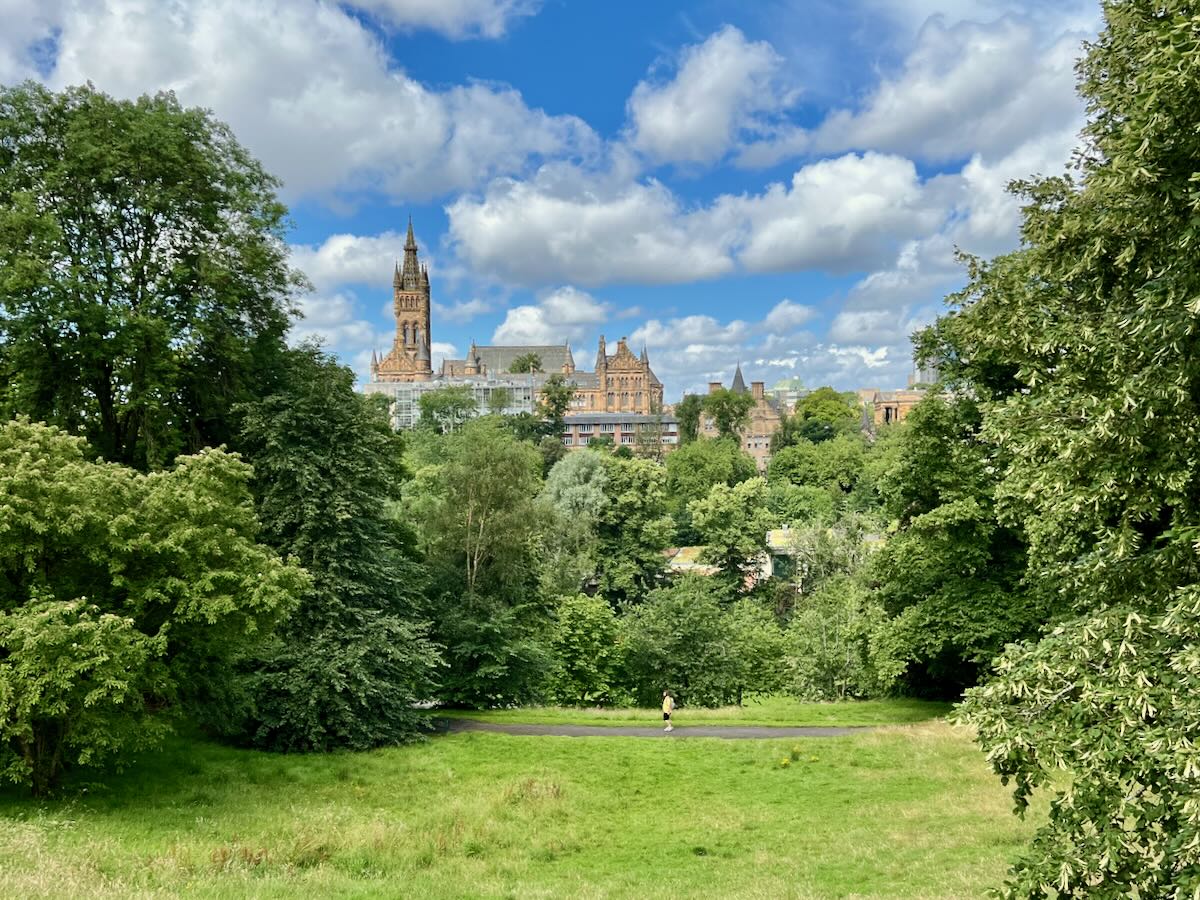Self-Sufficiency:Get the Basics Right, Issue 12


I have been encouraged by some readers to take a deeper dive into the issue of national self-reliance versus international inter-dependence that has resulted from years of increased globalization. It is a difficult subject that I will need to tackle in pieces and I needed to find a model to organize my thoughts. I am not sure that I remember when I was introduced to Maslow’s Hierarchy of Needs but I think that it was in 1967 in theology class at Saint Lawrence College in Québec City. With some commentary on the tiers to adapt its use from the study of individual or human motivation to considering the needs of nations, I think the pyramid provides a useful model, albeit imperfect.
This issue will focus on the base of the pyramid, or the need for countries to be self-sufficient in meeting the Physiological necessities of its residents and putting a little definition around Safety needs.
- Physiological necessities: food, water, robust infrastructure
- Safety necessities: A strong, resilient, and well-supplied health care system and development of critical industries
Food:
Canada exports approximately 50% of its agriculture and agri-food production. That would seem to indicate that Canada is self-reliant but:
- Ontario has a net export-import deficit of approximately $10.0 billion
- Despite being self sufficient until just after the WWII, Canada is now only 71% self-sufficient for vegetables and 45% for fruits and berries. Seasonality does play a role but a significant percentage of these crops could be produced and stored here.
- Much of the red meat produced in Canada goes to the US as feeder hogs and feeder cattle. The Prairies are exporting live animals to the US which are often imported as value added products. Feeder stock producers have suffered recently due to their reliance on the US export market as many of the very large meat processing plants were closed for extended periods because of Covid-19 outbreaks.
- To take advantage of international demand and good prices, monocultures are thriving. This does nothing to improve long term food production capacity. Canola is a strong cash crop and as a consequence is grown on the same acreage every two years rather than the recommended four year cycle. The result is a reduction in the natural organisms necessary to build and maintain soil quality resulting in less productive and chemical contaminated farm land.
- Much of the food we import from the US and Mexico is of dubious quality. Why bother buying tasteless tomatoes or chlorinated chicken or over-hormoned and anti-biotic laced dairy? One of the most egregious examples of a bad food import is romaine lettuce. Most of it comes from California and is grown in fields next to cattle feed lots where it is irrigated with excrement-laden run-off water. In case you have ever wondered why there are so many sanitary recalls for US lettuce, romaine has no ability to filter out e-coli.
- As many households discovered their inner Anna Olson or Martin Picard, various unusual shortages appeared on grocery shelves. There wasn’t a root cause shortage of the missing commodities, availability was curtailed by just-in-time production, packaging, delivery, and shortage of people to stock shelves.
- The recent surpluses of dairy products, veal, and other products were destined to the catering industry. Restaurants and cafeterias use an alternative supply chain and different packaging so these goods were not finding their way into grocery stores.
Needed:
Agricultural policies in Canada should first focus on replacing reliance on imported food and feeding its residents first. There should be a particular focus on increasing high food standards, growing more crops that are adapted to climates across the country, and urban agriculture. As in many other sectors, there should be more attention paid to west / east interprovincial trade. Processing capacity needs review. It may be economical to break down beef cattle into various cuts and processed products in huge factory-like abattoirs but it might be more secure for the supply chain if this work is done in smaller processing plants and local butcher shops. Once the nation is confident of its capacity to feed itself in a healthy and robust fashion, attention should then shift to building final product export capacity. Does it really make sense to send feeder cattle to the US and then buy back that meat after it has been processed in Iowa? Rather than move commodity goods, it would be better to focus on high value, desired food products. McCains of Florenceville, NB decided many years ago that their potatoes would be grown without the use of GMOs. When Europeans eat frozen fries they refer to them as McCains much as we refer to facial tissue as Kleenex.
Water:
Canada has 7% of the world’s renewable fresh water supply but accounts for only 0.5% of global population . We tend to take access to an unlimited supply of clean water for granted. There are occasional shortages when filtration plants can’t keep up with peak summer demand but we don’t have the restrictions that affect California and we are not emptying the aquifers that supply Florida or drying up the Colorado River for growing cotton in Arizona. https://www.canadiangeographic.ca/article/eight-facts-about-water-canada
Roughly 60% of Canadian fresh water flows north to the arctic and away from the 85% of the population that lives within 300 km of the southern border. Population growth is in the South and cities struggle to develop the filtration capacity needed to meet growing demand; and, many First Nations communities have had drinking water advisories in effect for over 10 years. Ontario’s Neskantaga First Nation has been under a “boil water” advisory since 1995. Canada exports 95 billion cubic metres of “virtual water” every year and imports about 35 billion cubic metres resulting in a net loss of about 60 billion square metres or the equivalent of the total flow of the St. Lawrence River for 70 days. These are water management problems that could lead to shortages in critical areas in the future.

Needed:
A Canadian water management strategy that will ensure the security of this basic commodity for generations to come. Industrial and agricultural consumption and run-off, re-use of brown water, and personal over-usage are all issues that need consideration. No water strategy would be complete without recognizing the need to replace aging municipal water delivery systems across the country. It is estimated that Halifax needs to invest $2.6 billion to repair its 2000 kms of aging water and sewer pipes. Estimates of underground water loss in Ontario municipalities range from 25% to 40%. There has been significant investment in the Montreal water systems and loss of filtrated water has reduced from close to 50% to 30% but much remains to be done.
Robust Infrastructure:
More attention is spent on north / south transportation routes to serve the manufacturing economies along the Canadian / US border than east / west routes that bind the country together. It is true that Canada has two efficient trans-continental freight rail services that run from the Eastern port cities to Vancouver but passenger service is antiquated when compared to the service in most European countries and Japan. There is the Trans-Canada highway but it remains a two-lane thoroughfare for much of its length, it does not connect to Onatrio’s golden horseshoe, and many provinces do not consider it a priority as the focus is on north-south links. Québec has a surplus of hydro-electric power that it exports to New York City and the New England states but not to Ontario. Alberta cannot move its oil to eastern seaports other than by rail or more recently to Saint John, New Brunswick from US gulf ports; and, oil is only one of the land-locked Northern Canadian exports.
Needed:
- An improved Trans Canada Highway
- High speed rail service in densely populated corridors such as “Montreal to Toronto and the Golden Horseshoe”
- A new east-west transportation corridor to service the resource rich areas hundreds of miles north of the US border. The Conservative Party recently proposed a mid-Canada transport thoroughfare to move grain, Alberta & Saskatchewan oil, and other resources to the Pacific and the Atlantic. This is an old idea from the Pearson years at which time plans called for a rail and road connection that would join Sept-Iles, QC to Prince Rupert, BC.
- A national energy strategy that has an east / west focus. Surplus hydro-electricity from British Columbia and Quebec should be lighting homes in Ontario and Alberta before powering the north of the US. While everything possible should be done to eliminate the use of hydrocarbons, it will be take sometime for this to occur. In the meantime, all Canadian oil refineries should be processing 100% Canadian crude oil and there has to be a cost for using carbon. We cannot allow Canada to fall behind in the green energy industries
I promised myself that no issue would be longer than four pages. If I start discussing safety necessities I will be well in excess of this limitation, so until the next issue:
Shop local, support local businesses, buy from local farms, and support local artisans and manufacturers. As always, wash your hands, practice social distancing, hydrate, and exercise!





